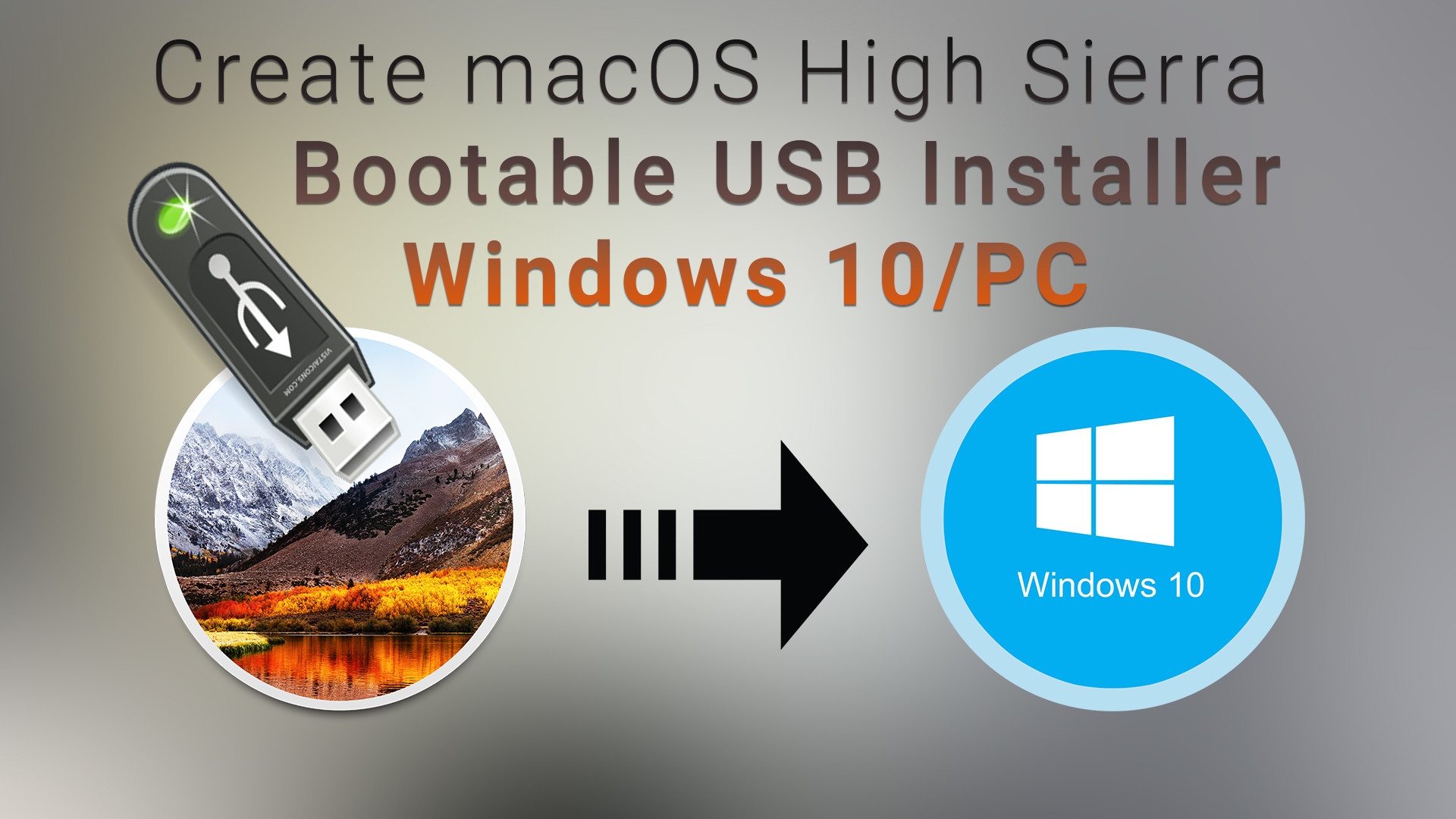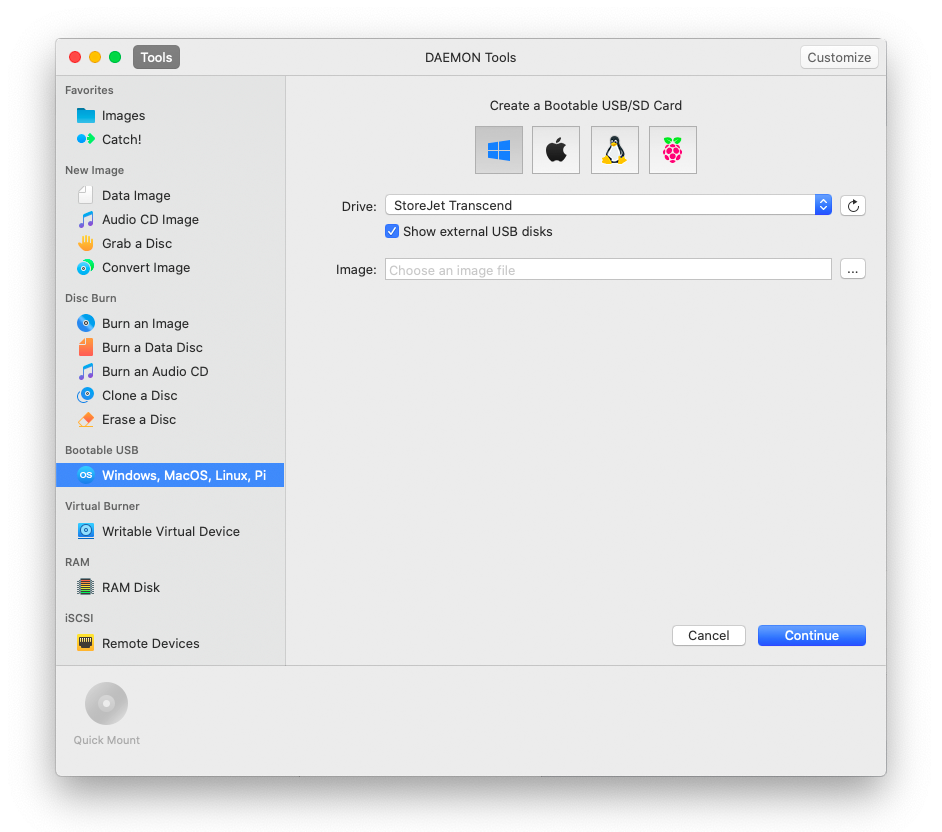

- #HOW TO USE A BOOTABLE USB FOR MAC HOW TO#
- #HOW TO USE A BOOTABLE USB FOR MAC INSTALL#
- #HOW TO USE A BOOTABLE USB FOR MAC UPGRADE#
- #HOW TO USE A BOOTABLE USB FOR MAC SOFTWARE#
- #HOW TO USE A BOOTABLE USB FOR MAC ISO#
You now have a bootable macOS Big Sur USB Flash drive that you can use to upgrade your Mac or do a fresh install.
#HOW TO USE A BOOTABLE USB FOR MAC INSTALL#
Install media now available at "/Volumes/Install macOS Big Sur"


createinstallmedia -volume /Volumes/Sandisk Replace the volume with the mount point of your erased disk.
#HOW TO USE A BOOTABLE USB FOR MAC SOFTWARE#
The software comes at a cost, but you’ll get a 15-day trial free of cost, which is just enough. Select dmg macOS file to create a bootable USB drive Click the Open button. To use the latest macOS version to make a bootable USB drive, take these steps: Step 1: Download, launch and install the TransMac software on Windows.

Now that you’ve got your hands on a USB Flash Drive and a USB-C to USB Adapter, let’s copy the macOS installer to the drive and make it bootable by following the steps below. Steps to Create a macOS bootable USB on Windows 10/8/7 PC. NOTE: The guide was originally written to prepare macOS Sierra bootable USB but it works with the latest macOS Mojave as well. Guide to prepare macOS Sierra bootable install USB on Windows 10/8/7. You can do this using the command line by following the instructions in this tutorial. In this guide, we’re creating macOS Mojave bootable USB on Windows 10, but you can use the same procedure on Windows 8 and Windows 7 as well. You will also need to download the macOS Big Sur installer app to your Applications folder. If you’re using a Mac that doesn’t contain USB ports, you might also need an If you don’t have a spare USB Flash Drive, I recommend getting aġ6 GB SanDisk Ultra Fit from Amazon * because they are fast, reliable and have a micro form factor. The USB Flash Drive will need to be wiped so don’t use a drive with existing data because you will lose it. You will need a USB Flash drive big enough to store the macOS Big Sur installer (13.57 GB). You can do this using MacOS Spotlight by pressing both the and Space bar at the same time, then typing 'terminal' and hitting enter.
#HOW TO USE A BOOTABLE USB FOR MAC HOW TO#
This tutorial shows you how to create a bootable macOS Big Sur Flash Drive so you can upgrade a Mac that doesn’t have a DVD drive. This page contains links to products that may earn us a small commission at no extra cost to you, should you click on them and make a purchase. If you have Homebrew or MacPorts, you can get a progress bar by installing the "pv" command and using that instead of "cat".Disclosure. No progress is shown while writing this way. You will be prompted for the administrator's password. r is for raw disk, as writing to /dev/rdisk2 is much faster than writing to /dev/disk2. dev/rdiskN is the same disk you have found previously, with an r in front. # sudo sh -c "cat /path/to/downloaded.iso > /dev/rdiskN" Where /dev/diskN is the one you have found in previous step as per our example it would be "/dev/disk2". In this case "/dev/disk2" is the one we want. Then note the corresponding /dev/diskN, where "N" is for index of your disk. This will print out the list of currently mapped devices/partitions. Once the Startup Manager screen appears, release the Option key. Holding that key gives you access to OS X’s Startup Manager. When you hear the startup chime, press and hold the Option key. Press the Power button to turn on your Mac (or Restart your Mac if it’s already on). Plug-in your USB stick and find what "/dev/diskN" it is mapped to by opening Terminal (where "N" stands for "disk0", "disk1", "disk2" etc). Insert the USB boot media into an open USB slot. It now contains a bootable openSUSE installation media.
#HOW TO USE A BOOTABLE USB FOR MAC ISO#
The process of burning can last from 1 to up to 30 minutes depending on your drive and on the iso file. The drive can be reformatted and used as a normal drive again after the setup is finished. Warning: All data on the drive will be destroyed.


 0 kommentar(er)
0 kommentar(er)
